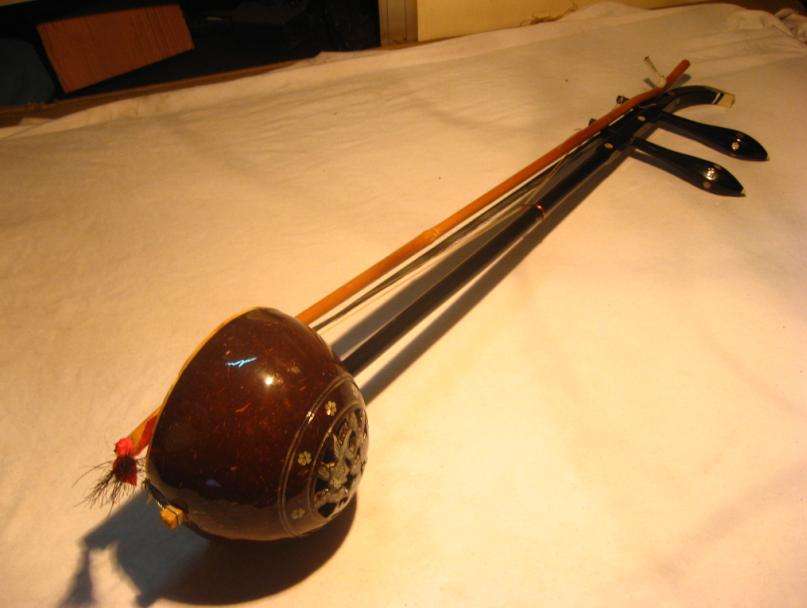The history and tone characteristics of Yehu
Yehu, a traditional Chinese rubbing stringed musical instrument, is popular in Hainan, Guangdong, Fujian and other provinces. It is used in Cantonese music, Chaozhou music and local opera and quyi bands in Fujian and Hainan.

At the beginning of the 18th century, Yehu appeared in the folk music of Chaozhou music. The "Continued Documents of the Qing Dynasty" contains: "Chao Ti, ebony handle, coconut shell as a groove, clam shell as a column, and Erhu, etc.. The pronunciation is very quiet and peaceful, and it is also a Cantonese musical instrument.
In the 1930s, it was absorbed by Guangdong ditty performances and became an accompaniment instrument for Guangdong opera and rap music. The sound is soft and solid.
Yehu's vocal range is about two octaves. The timbre is soft and honest, full of local colors, and Yehu is also used in traditional folk music such as Cantonese music, Chaozhou gongs and drums, Fuzhou Chating Shifan music, Fujian Opera, Minnan Shiyin, Fujian Longyan static plate music, and Shifan music in Yongding, Shanghang and other places. It is also used to accompany various operas and folk art such as Guangdong Teochew Opera and Chaozhou Xianshi. It is used to play Cantonese music and a variety of Cantonese opera and folk art accompaniment.
Coconut Hu, with strong pronunciation and rich flavor. In addition to absorbing foreign qin, combined with traditional pipa and guzheng, it has become a family of instrumental music with local characteristics, which has laid the foundation for Chaozhou music.
 渝公网安备 50010702504639号
渝公网安备 50010702504639号